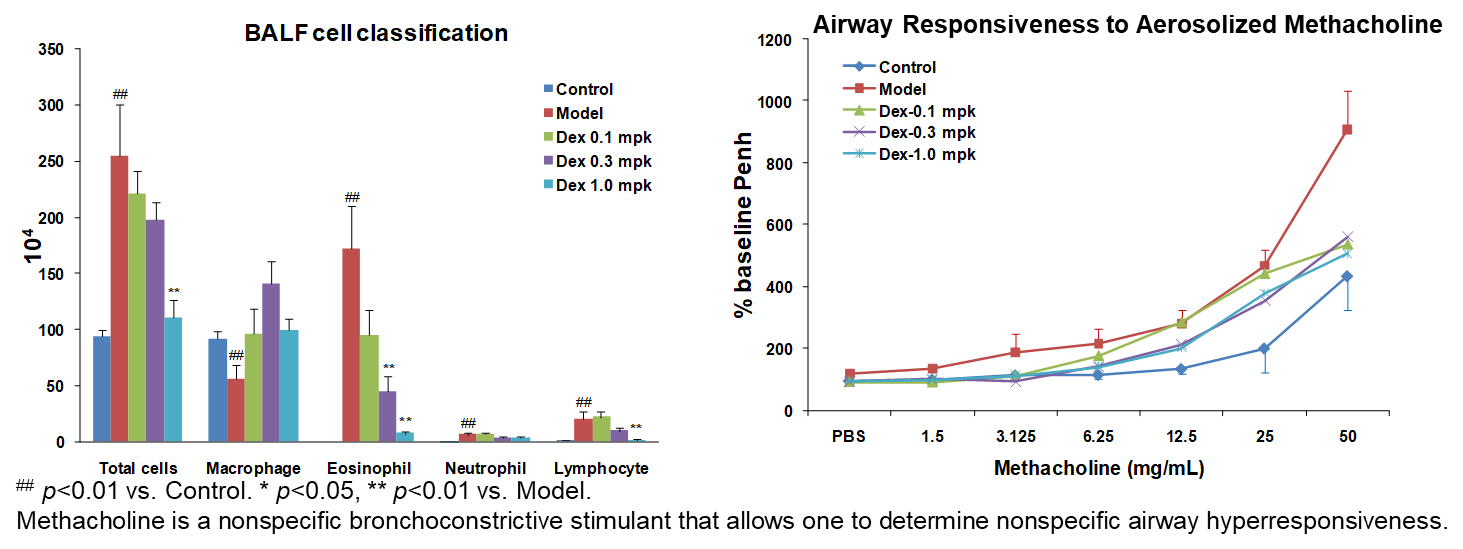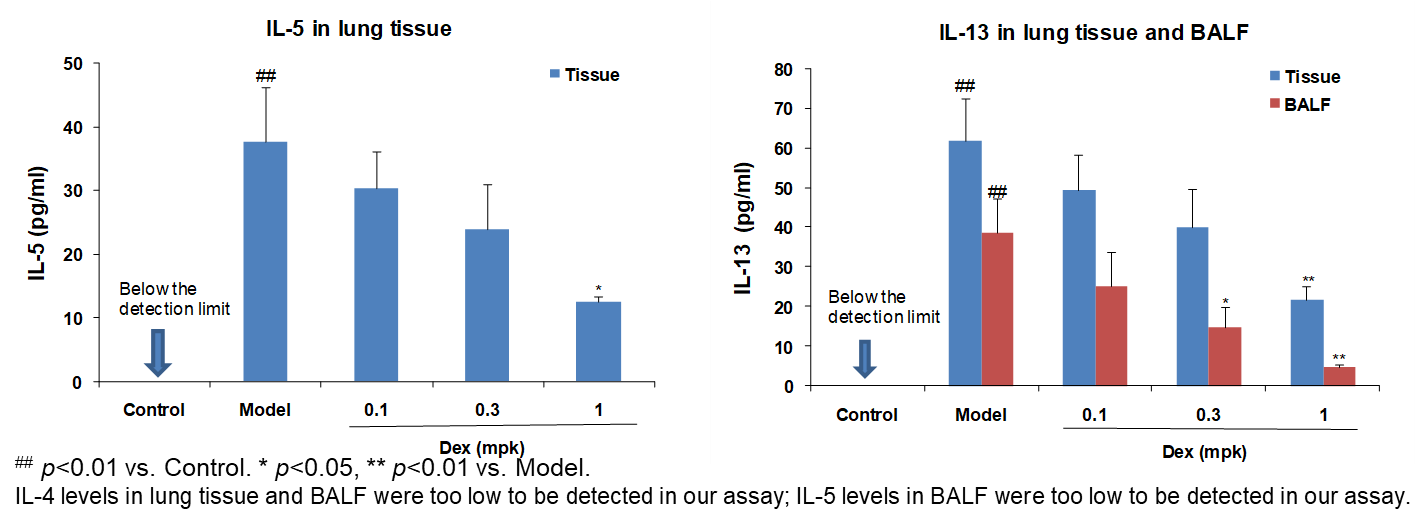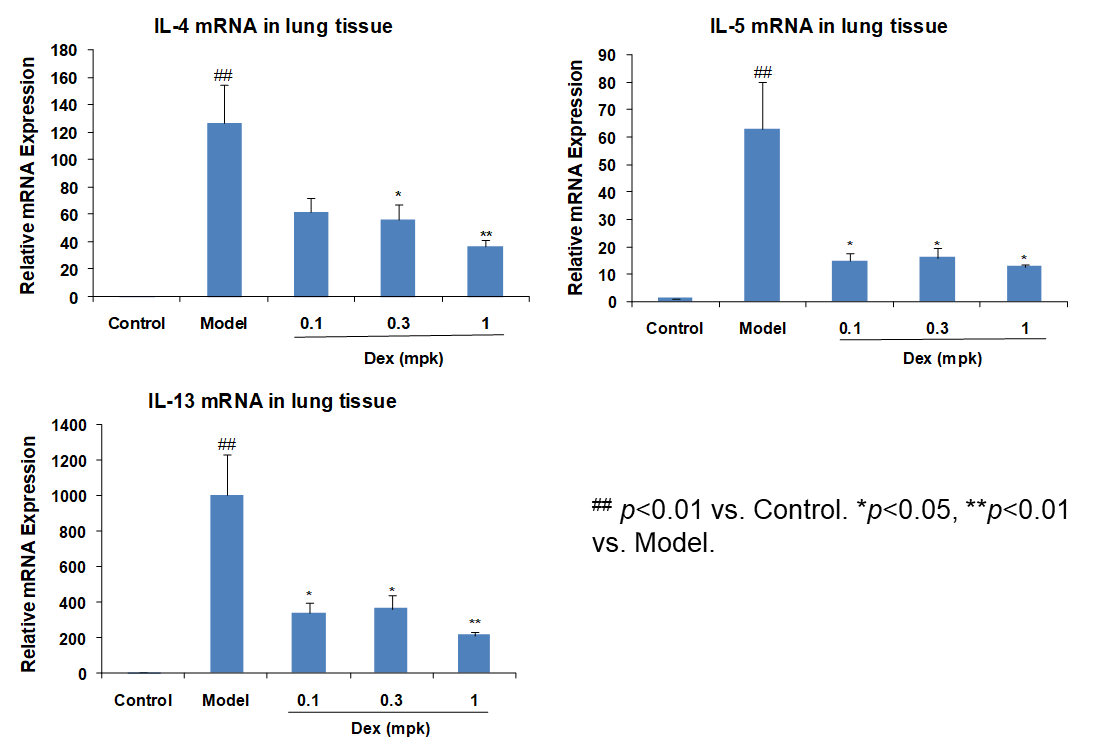


Asthma is a chronic inflammatory disorder of the airways in which many infiltrating cells (such as mast cells, eosinophils, T lymphocytes, macrophages, neutrophils, and epithelial cells) and cellular elements play critical roles. This inflammation causes recurrent episodes of wheezing, breathlessness, chest tightness, and cough usually associated with widespread but variable airflow obstruction that is often reversible either spontaneously or with treatment. The inflammation also causes an associated increase in the existing bronchial hyper-responsiveness to a variety of stimuli, during which the high serum levels of immunoglobulin E (IgE) and intrapulmonary production of interleukin-4 (IL-4), IL-5, and IL-13 by allergen- specific Th2 cells become obvious.
Airway inflammation is associated with the infiltration of eosinophils, neutrophils, and T and B lymphocytes into the airways and lung tissues. Understanding of the molecular pathogenesis of asthma has enabled the development of innovative agents to modulate specific components of the disease progress for early intervention or treatment. A number of experimentally induced asthma models have been used extensively as the mainstay for evaluation of those therapeutic agents and candidates.
· Migration of inflammatory cells, in particular eosinophils and lymphocytes, into the lung tissue
· Vasodilation and degranulation of mast cells
· Release of additional inflammatory mediators by Th2 lymphocytes, such as IL-4, IL-5 and IL-13, which play important roles in the pathogenesis of asthma
· Destruction of epithelial layer
· Total cell numbers and differential cell counts in broncho-alveolar lavage fluid (BALF)
· Lung function test (airway hyper-responsiveness, Penh method)
· Serum levels of total and OVA-specific IgE
· IL-4, IL-5 and IL-13 levels in BALF and lung tissue (ELISA)
· IL-4, IL-5 and IL-13 mRNA levels in lung tissue (qRT-PCR)
· Histopathology analysis of infiltration





Evaluation of therapeutic profile and potentials of the candidate compounds
PharmaLegacy has reproduced the airway eosinophilia, pulmonary inflammation, and elevated IgE levels found during asthma. This includes the expertise of asthma inflammation research with fully validated ovalbumin (OVA)-induced allergic asthma models in both BALB/c mice and Brown- Norway / Wistar rats. The established experience of PharmaLegacy can efficiently assist our clients in potential drug candidate screening as well as proof-of-concept studies for profiling of novel reagents targeting anti-inflammatory therapies for treatment of asthma.